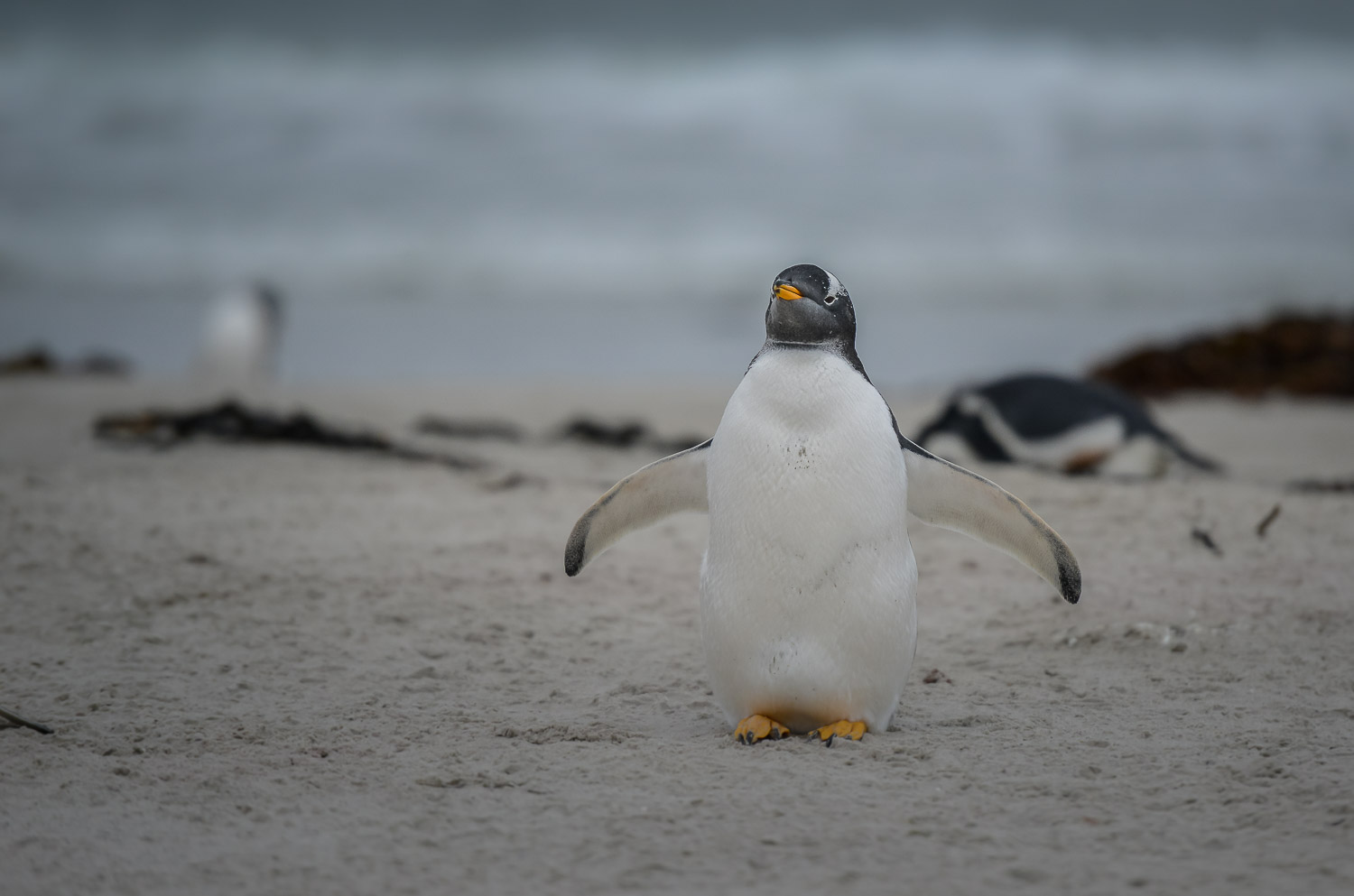
The United States of Muhammad Ali
Muhammad Ali was arguably the greatest athlete of the twentieth century. Certainly the most charismatic. I had to see him fight. Live.
Actually, I knew very little about boxing – until Ali, or Cassius Clay as he was then known, burst onto the scene winning a gold medal in Rome at the 1960 Olympic Games.
As a teenager I kept up with his fights: usually by listening to a transistor radio, with poor reception, under my bed sheets in the middle of the night because of the time difference. Often in a dormitory of 20 or so other lads at boarding school.
I had to keep the sound down so as not to disturb them, but on occasion it was hard not to shriek with excitement when he knocked out an opponent, frequently in the first few rounds. When I left school in 1968, local theatre screens sometimes showed his fights, usually at 2 or 3 in the morning, and always in black and white.
So when I discovered he was going to be fighting in Madison Square Garden, New York City, in September, 1972, I began to make plans. It would combine my two passions – travel and sport.
Simple: sell my car and go, or keep the car and forget about it. I sold the car, a Mini Cooper S, hooked up with a friend, and off we went for Muhammad Ali’s USA. A country where a black Christian had become a muslim, had opposed the Vietnam war and yet risen to become the most recognized face on the planet. He described himself simply as “The Greatest”.
I wanted to see the world, and I really wanted to see the country where he defied all the odds on his remarkable journey.
We spent five weeks there before the fight, the first month on a Greyhound Bus. Ninety nine days for $99 – an Ameripass. Or in other words, one dollar a day, travel anywhere you want on their extensive routes.
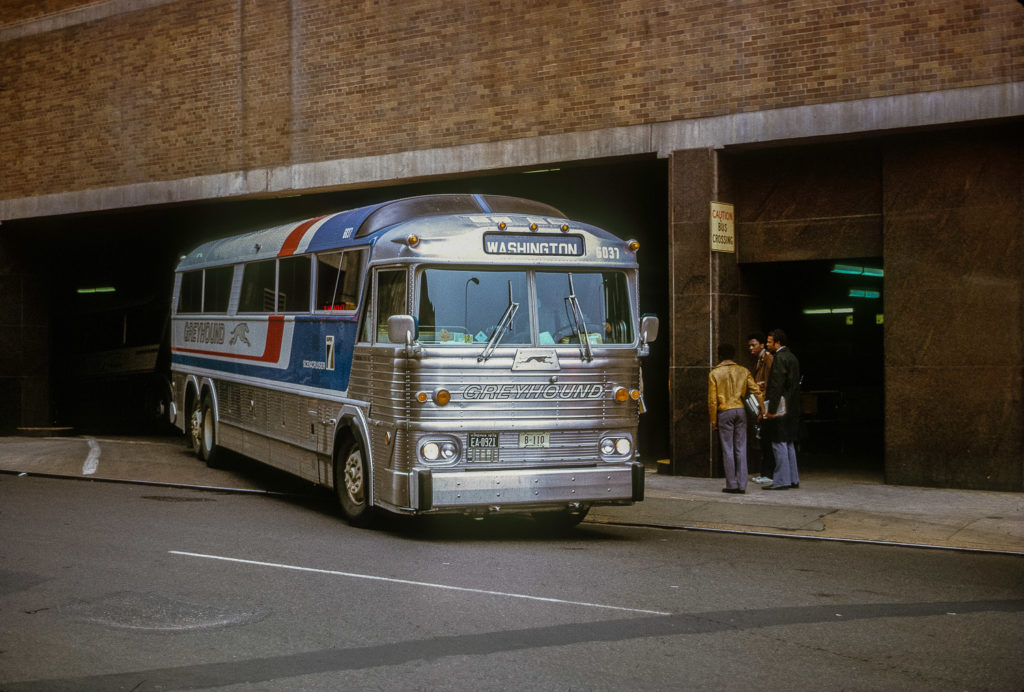
We flew into New York and started the first leg of our journey, with a few days in Washington where we met Senator Ted Kennedy. When we arrived at the U.S. Senate we were told that as foreign tourists, we could ask to meet any senator we wanted. Ted Kennedy’s name came to mind, and we were ushered into his office for a brief chat and a coffee! It really was a different world back then.
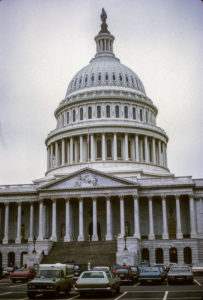
Earlier, as we walked past the White House to our unfashionable hotel, the handle of my suitcase broke. From there on in I had to lug the case around using a metal coat hanger which cut into my hand. But it seemed to match our style, travelling by bus.
We basically went clockwise around the U.S. Down from Washington to Florida, with a day at NASA when the space race was truly exciting, across the deep south through New Orleans to California.
One of the highlights of the trip was a day at the Grand Canyon, and a hike to the Colorado River at the very bottom. US rangers said the walk would take 15 hours, but in reality we were pretty fit and found the hike took just six hours to the bottom and back. And it was spectacular walk – with the wind and echoes of the fast-moving river the only sound along with the terrifying buzz of rattlesnakes.
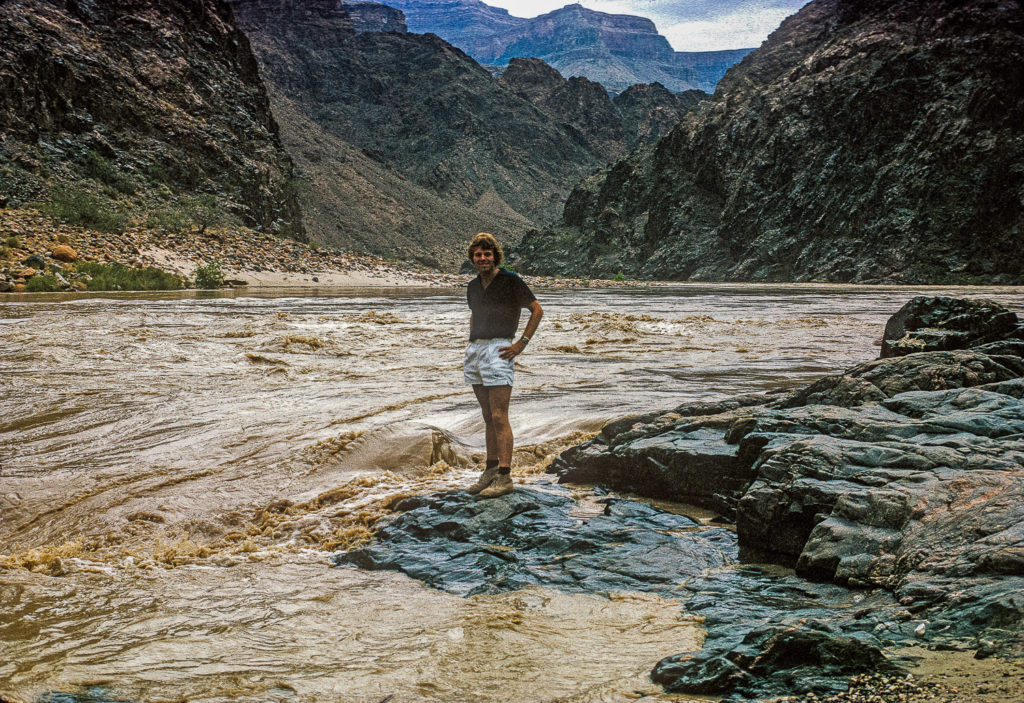
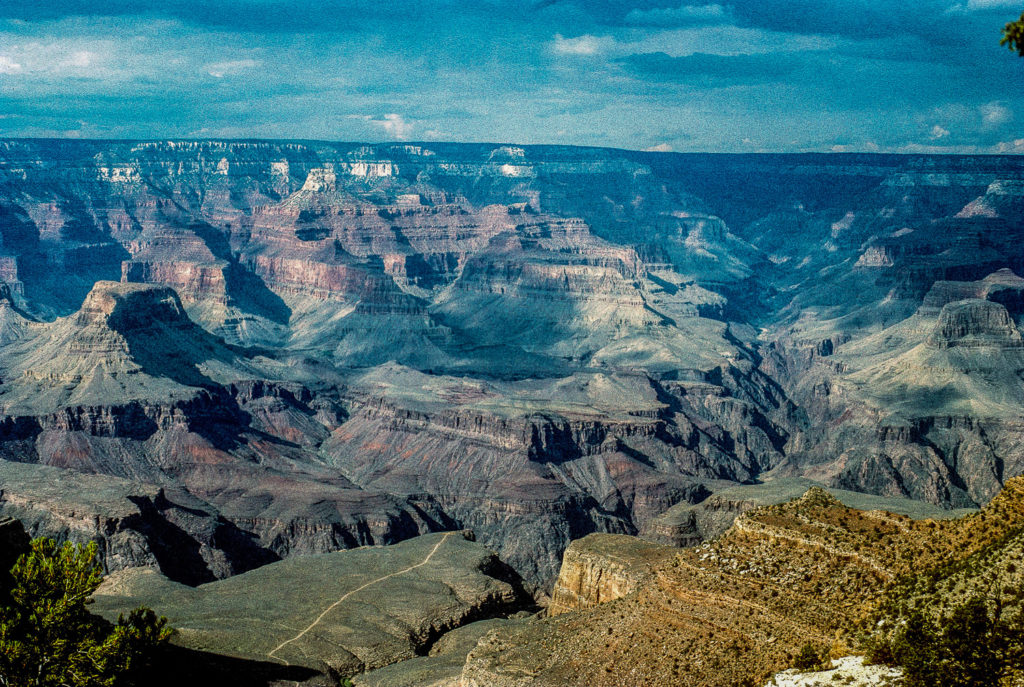
Finally we made our way across the American midwest from Seattle through the cowboy towns of Laramie and Cheyenne, made famous in cowboy movies shown on British tv in the 60’s.
By the time we got back to New York we had spent a month on the road. To save money we would spend two nights on the Greyhound and the third in a hotel. It made for some pretty rough nights, but we were only in our early twenties and had the energy back then and besides the adrenaline rush of travel was more than enough to sustain us.
The bus stations were often in rough areas of cities, so we had to keep our wits about us. And everywhere we went, the loudspeaker thanked everyone for travelling Greyhound. It was an iconic form of transportation during those heady, bygone days.

In New York, my friend had to return to England but I found a cheap hotel just off Times Square and spent my time doing the usual tourist things – going up the Empire State Building, spending hours in Greenwich Village, exploring art galleries and museums and even touring Harlem.
But all the time, anticipation was building for the fight. September 20, 1972, was a glorious day in New York. I spent the morning going round Manhattan by boat. Then treated myself to a steak lunch before heading off to Madison Square Garden.
The ticket was just a couple of dollars, and I was one of the first in the huge full to capacity 20,000 seat stadium. My seat was way up in the Gods. The ring barely visible.
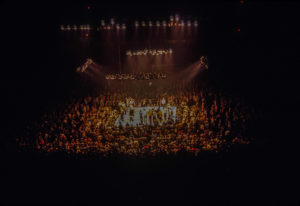
Then came the first action of the night. A light weight world championship fight between two top boxers. I had never seen a live fight before. And what struck me was the sheer speed with which they threw their punches. Lightning fast. Far quicker than it looked on tv.
As that fight ended, it was time for the main event. Muhammad Ali versus Floyd Patterson. Ali came into the ring to thunderous applause wearing a bright red silk robe and white shorts.
I assumed it would be a much slower fight as it involved two two heavyweights. I was wrong. The speed and power of both athletes in real life astounded me. Each punch was a blur. The movement of their feet was stunning, and reminded me of dancers. Every round lasted three minutes but seemed like an eternity, particularly for Patterson who was absorbing a vast number of punches.
The crowd were on their feet the whole time, and in truth I had to duck and weave like a boxer myself to catch the action in between the flailing arms of cheering spectators, who were going wild every time Ali threw a punch. And with each punch you could see his glove sink into Pattison’s flesh as blood and sweat poured onto the canvas floor.
Muhammad Ali won on a technical knockout in Round Seven. Pulsating stuff. The seven rounds frozen in my memory. He remained champion of the world.
I saw Muhammad Ali at the peak of his astonishing career. All the speed, power and strength of a supreme athlete.
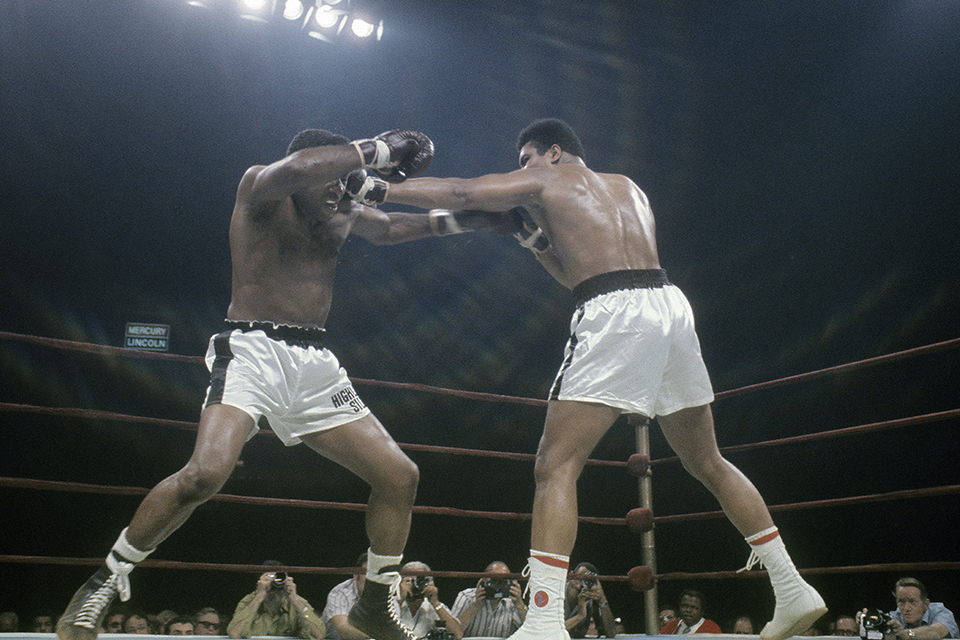


And he helped change my life. It put major sporting events on my radar. In fact, I had been at Wembley to see England win the soccer World Cup against West Germany in 1966, six years before watching Ali in New York, but since that fight I have been inspired to watch live international stars compete in rugby, World Cup cricket, winter and summer Olympics, Formula One motor racing and Wimbledon tennis.
Maybe, just maybe, watching my other hero – Usain Bolt – win his 100 metre gold medal in London during the 2012 Olympics eclipsed seeing Muhammad Ali. There are so many parallels between the two men. But it was a different century, a different time, and I count myself lucky to have seen two such amazing athletes in their prime.
Years after the New York fight, at home in Vancouver, I met Ali twice. The second time he was suffering severely from the debilitating effects of Parkinson’s disease but had come here to watch the world premiere of a documentary film, produced by a Canadian, on many of the boxers he fought in the ring during his long career, and how those encounters had changed their own lives.
And after all these years I was able to shake his hand and tell him how he had helped mould my life when I was a young man.
Muhammad Ali, truly a legend.

